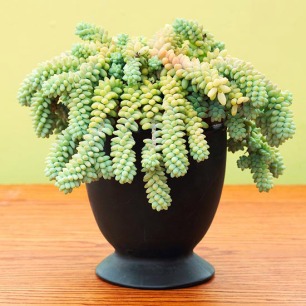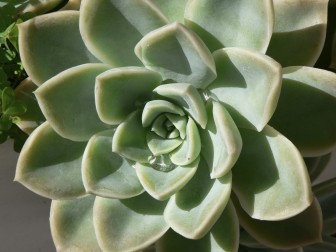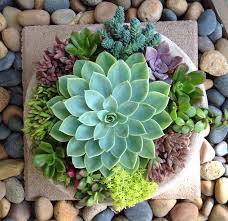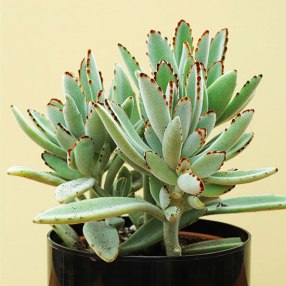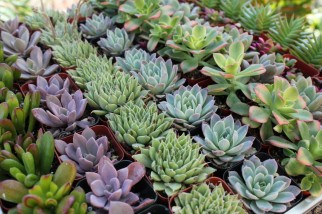
Growing succulents in your garden is doable and your chances of success is high if you know what you’re doing. Unlike growing conventional plants, the job of cultivating succulents is very unique and challenging at the same time because you’ll first need to come up with an environment that’s similar to their natural habitat. For your information, succulent plants favor growing in warm and arid temperatures plus a little of rainfall, maybe about 20 inches per year.
Now if you intend to build a succulent plant garden, you have to read the tips we prepared for you below.
1 – Growing Them Ideally
First, you need to keep them on the dry side and be sure their roots will get enough drainage. It’s never a good idea to have them subjected to more rainfall than what they need because if that happens, the roots will quickly rot if the soil is soggy. The fact is only very few of these succulent plant species are able to survive below freezing temperatures outside. Know how to get ride of mealybugs here!
2 – Watering
Perhaps the single most important thing you need to know about succulent care is that these plants are distinctive in a way that they can survive on stored moisture, which means they wouldn’t easily die even if they are under-watered. In the event that you forget to water them and the soil dries, growth will be hindered, but they easily will regenerate once there is water or rain. In most instances, you can water your succulents once every week in summer and twice a month every spring and fall. Watering them once a month during the winter is also enough.T o gain more knowledge about succulent plants, go to https://www.britannica.com/plant/succulent.
3 – Sun and Shade Combo
A half day of full sun is more than enough for your succulents to grow the way they’re supposed to. To get this, you need to give them morning exposure. However, you do have to consider other factors as well, including but not limited to location of your garden, elevation and latitude, seasons, and temperature.
4 – In-ground vs Container Cultivation
Although succulents are uniquely challenging to grow, the nice thing about them is that you get to be successful in growing them regardless of where you live or location is. If you intend to grow those fussy variants, you can do so via containers or sheltered microclimates. Because succulents are generally shallow-rooted, it means that you get to grow them in pots and their growth won’t be affected in any way; and best of all, you get to move them from one place to another.
Finally, to prevent hens and chicks pests from ruining your succulent garden, just be sure there is enough air circulation and spray the pests with a combination of water and rubbing alcohol.
